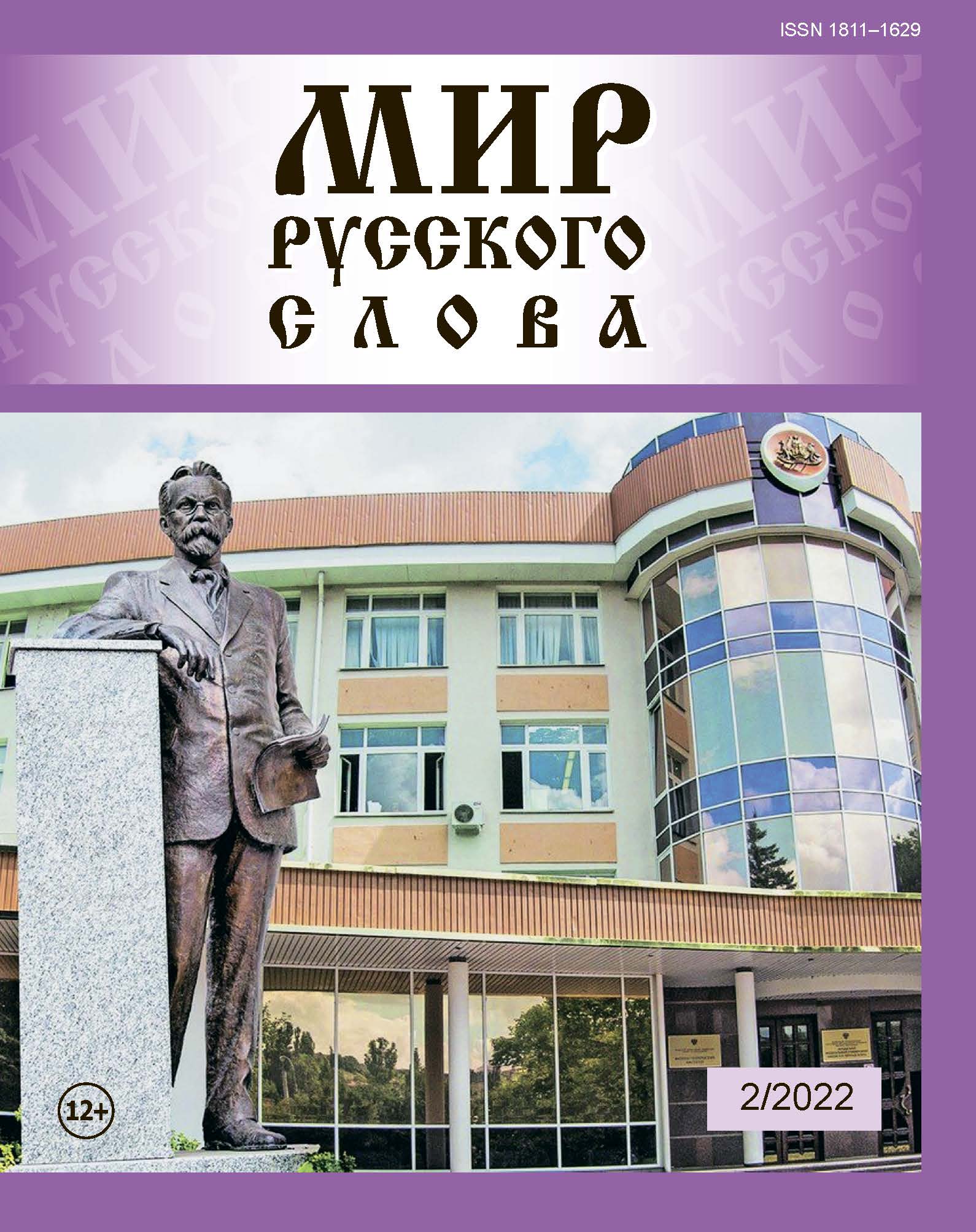The Russian multifunctional utterance "Vot eto da" and its Chinese equivalents. Article one. General issues
DOI:
https://doi.org/10.24412/1811-1629-2022-2-24-33Abstract
The author considers a multifunctional utterance vot eto da. Depending on the intonation and semantic connections in the context, it can express different meanings. The scholarly novelty of the study lies in the versatile description of the utterance, taking into account its usage by Russian native speakers and its perception by the Chinese audience. The multifunctional utterance vot eto da is capable of functioning as an interjective and non-interjective utterance. These types of usages differ in semantics, specifics of functioning, and ways of transmitting information by Chinese equivalents. In this regard, to obtain a full description of it in the first article, the non-interjective usage of the multifunctional utterance vot eto da is made the main object of attention. The objective of this article is to identify the rich semantic potential of this utterance and search for appropriate Chinese equivalents to optimize the methods of teaching Russian as a foreign language. Examples from the National corpus of the Russian language are used as the description material, and specific situations of the use of the utterance, which we are considering, are proposed for analysis. As for methods and results, there were used descriptive and comparative research methods, as well as the method of communicative analysis of Russian spoken language, which allowed to demonstrate that interjective and noninterjective utterances vot eto da as well as their Chinese equivalents have a certain specifi city. As a result of the research, the following items have been identified 1) lexico-semantic variants (LSV) of individual lexical components of the multifunctional utterance; 2) the meaning of this utterance, first of all, when it is used as a non-interjective utterance; 3) its Chinese equivalents. The obtained results can be used both in the theory of functional grammar and in the practice of teaching Russian to Chinese students. The methodology and the main parameters of the analysis can also be used in the description of other interjective units.
Keywords:
Russian as a foreign language, multifunctionality, word, word form, utterance, actual division
Downloads
Published
How to Cite
Issue
Section
License
Articles of "The World of Russian Word" are open access distributed under the terms of the License Agreement with Saint Petersburg State University, which permits to the authors unrestricted distribution and self-archiving free of charge.




